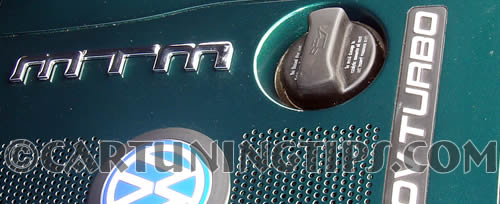When it comes to petrol engines you have 2 option, Naturally aspirated or a forced induction unit (Turbocharged or Supercharged). Different people prefer one over the other and can give a cohoerent and passionate answer as to why one is superior. Rather than get into this age old and unresolved argument we will just present tuning tips for each engine type in separate articles. This article is for fans of NASP engines and will look at the tuning options on them.
Author Archives: admin
Cold air Induction kits
Please note that induction kits will only add power if you have a restriction in your air intake. If you haven't tuned it much then the standard airbox is generally fine and up to the job.
We just like cars need air. In an engine the air needs to be matched precisely to the fuel used into what is referred to as an air to fuel ratio or AFR.
For petrol engine cruising at low load an AFR of around 14.5:1 is the ideal, but under load the engine will require more fuel, with typically around a 13:1 AFR. In a turbo engine the AFR might be much higher at around 11 – 11.6:1.
Generally speaking the more air you have the greater the amount of fuel but some air filters can be quite restrictive so we look at the options of upgraded cold air intake. Most engines will automatically trim the fuel to match the air depending on how many unburnt particles there are in the exhaust. 
Engine oil for performance tuned cars.
After investing much money in modifying your car and tuning the engine it would be a shame to risk a breakdown through bad maintenance.
Never under estimate the importance of a good quality engine oil and regular oil changes and servicing.
How to work out your MPG
How to work our your MPG (miles per gallon). With the rising costs involved in motoring it is handy to know what your current MPG is. It also incicates the condition of the car, poor mpg will often indicate there is an underlying issue with your car.
Some cars come with a trip computer that approximates your fuel consumption but there is no substitute for a manual full tank calculation.
To use this fill your tank to the brim. When you get to empty, note your miles and how many litres it took to fill the tank back up and put them in the calculator below (-source http://www.torquecars.com/tools/uk-mpg-calculator.php).
It is suprising what things can affect your MPG. The top problem areas are…
1) Driving style, using full throttle, high rpm and doing lots of heavy braking. Also driving too fast uses a lot more fuel than your would at slightly slower speeds.
2) Car maintanance. Checking the oil level, tyre pressures and state of the air filter can all boost your MPG. Running on dirty spark plugs can also mean you are wasting fuel. Tyre pressures are one of the biggest areas here and should be checked every 2 weeks. Run pressures nearer your cars upper recommendations for MPG although this may have an impact on tyre wear if you go too hard. Wheel bearings and wheel alignment can all have a detrimental effect on your MPG calculations.
3) Weight, carrying a lot of junk around will be wasting fuel. It takes a lot more power to push a heavy car along and you don't need half the stuff stashed in the back of your car.
4) Using airconditioning, heaters and other electrical functions. All these drain power from the battery and air conditioning is one of the heaviest drains. Use the hottest aircon setting you can comfortably get away with. Use recirculate on really hot days to lessen the load of cooling the hot outside air and open your windows at slower urban speeds.
Some people think that driving really slowly saves fuel and changing gear as soon as you can is good. IT IS NOT, Find the optimum RPM band and keep the engine in that. For most cars this is somwehere between 2000 and 3500 rpm.
If you want to work out your MPG manually just divide the distance covered by the litres used. Then convert the litres to gallons by dividing the litres by 4.5461 (1 UK gallon = 4.5461 litres).
Please use the feedback box below to pass on your own fuel saving tips for our readers.
How to gas flow a head
You should view the head in your engine as a busy and complex highway for air and fuel. All the air that enters your engine has to flows through the head, mix with fuel and then it glows into and into the cylinder via the inlet valves. This air is usually moving into an at high speed and it can be dramatically hampered if it encounters turbulence or obstructions.

High performance exhaust silencers
The basic job of the silencer in an exhaust is to minimise the sound waves coming from the engine which is basically a series of very loud explosions. In some countries people associate noise with power, probably due to the fact that older cars had inefficient silencers. In countries where cars have relatively recently been introduced like Japan the silencer was more efficinet and the generally desired exhaust note is very quiet and more of a buzz, so this is reflected in aftermarket parts from different countries.



